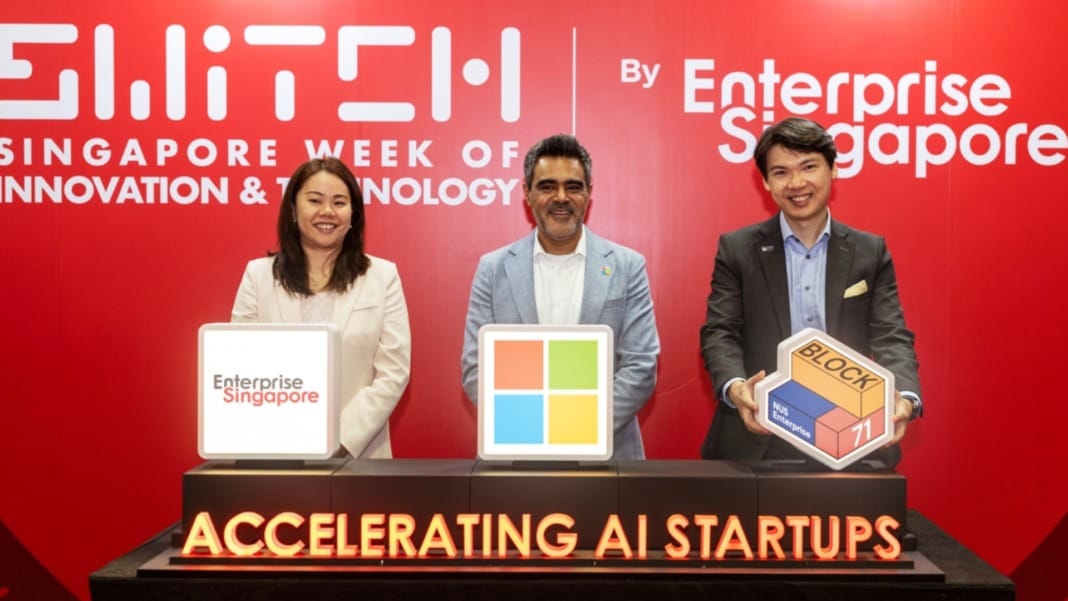A new white paper from NTT DATA has called for urgent action to address the environmental impact of artificial intelligence (AI). The report, titled Sustainable AI for a Greener Tomorrow, outlines how organisations must embed sustainability principles into every stage of AI development and deployment. As AI adoption continues to accelerate, its demand for power and resources is becoming unsustainable, with data centres already consuming vast amounts of energy to train large language models and operate always-on systems.
Researchers estimate that AI workloads could account for more than half of total data centre electricity consumption by 2028. Beyond power usage, the environmental costs extend to water consumption for cooling, the extraction of rare earth minerals for hardware, and the growing challenge of managing electronic waste.
David Costa, Head of Sustainability Innovation Headquarters at NTT DATA, said, “The resource consequences of AI’s rapid growth and adoption are daunting, but the technology also can empower innovative solutions to the environmental problems it creates. AI’s amazing capabilities can help manage energy grids more efficiently, reduce overall emissions, model environmental risks and improve water conservation. It’s vital for organisations to recognise the challenge and build sustainability into AI systems from the start.”
Embedding sustainability into AI design
The paper emphasises that sustainability must move from a secondary consideration to a primary design goal. Instead of focusing solely on performance metrics such as accuracy or speed, NTT DATA advocates incorporating environmental efficiency as a core measure of AI success. This shift involves setting clear, holistic sustainability targets and ensuring they are integrated into product design and development.
Quantifying AI’s environmental footprint is also essential. The report highlights the need for standardised and verifiable metrics, including frameworks such as the “AI Energy Score” and “Software Carbon Intensity (SCI) for AI”. These measures can help companies assess the energy, carbon, and water impact of AI systems and build sustainability into governance and procurement policies.
Building a circular and accountable AI ecosystem
NTT DATA’s research calls for a lifecycle-centric approach to AI, covering every phase from raw material extraction and hardware production to deployment and disposal. This includes designing modular, upgradable components, optimising cooling systems, and extending hardware lifespans through refurbishment and reuse.
The report stresses that sustainable AI cannot be achieved in isolation. Accountability must be shared across the ecosystem, involving hardware manufacturers, software developers, data centre operators, cloud providers, policymakers, investors, and consumers. Collaborative efforts are essential to implement systemic changes that align innovation with environmental stewardship.
Despite growing awareness, many organisations still face obstacles due to fragmented data, inconsistent benchmarks, and narrow sustainability assessments that focus only on energy or emissions. NTT DATA warns that without comprehensive evaluation methods, sustainability goals will remain out of reach.
Pathways towards sustainable AI innovation
To overcome these challenges, NTT DATA recommends several practical steps. These include applying green software engineering practices to reduce energy use, scheduling AI workloads during periods of renewable energy availability, and leveraging remote GPU services alongside localised AI systems. Additionally, companies can reduce e-waste by designing for modularity, prioritising component reuse, and responsibly recycling hardware at the end of its lifecycle.
While achieving sustainable AI presents significant challenges, NTT DATA’s white paper argues that deliberate, end-to-end redesign of AI systems can help the industry realise its potential without depleting the planet’s resources. By integrating lifecycle thinking and circular-economy principles, the report concludes that organisations can unlock both environmental and economic benefits while ensuring that technological progress aligns with global sustainability goals.





